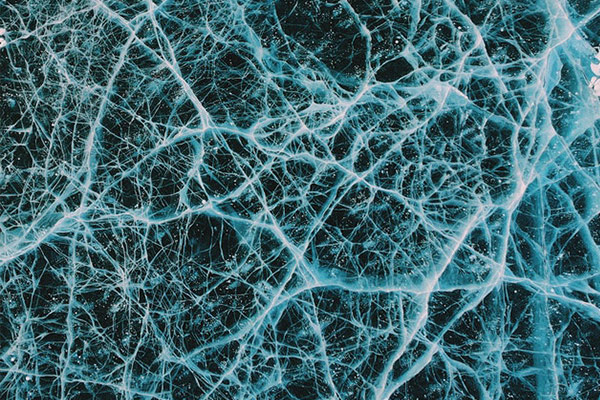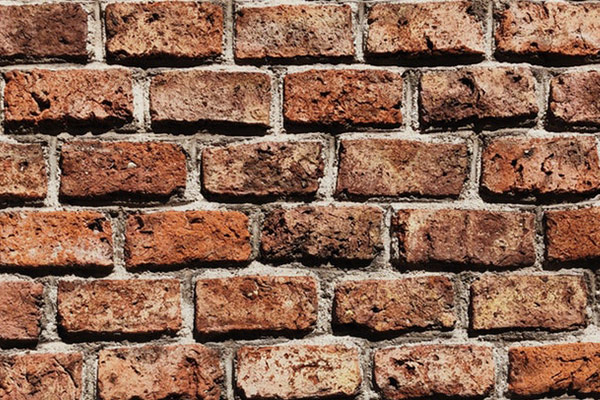As a Chinese saying goes, newborn calves are not intimidated by tigers. Similarly, children are not afraid of fire. It is not because calves and children are particularly brave but they are ignorant. It is a matter of not knowing what to be afraid of. Those who claim not to have fear of death are mostly in this category.
As Buddhists, we should avoid either of these two extremes. If we can understand death correctly and be well prepared for it, not only is death not frightening, but it can also be an opportunity for us to make progress.
~ Depicted from "THE HANDBOOK FOR LIFE"S JOURNEY : On Death And Rebirth-Understanding Death











